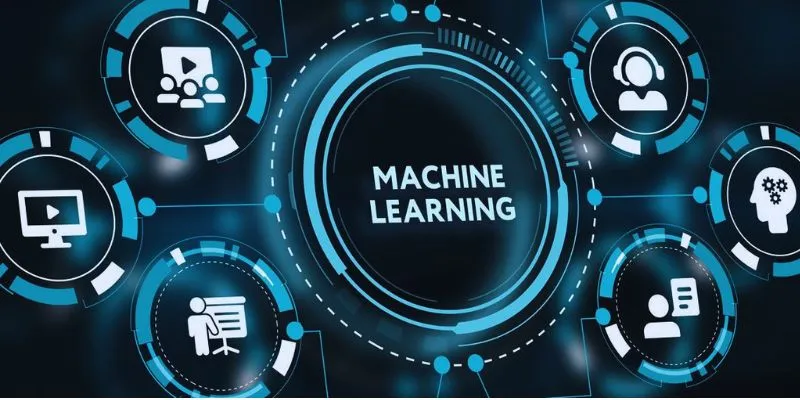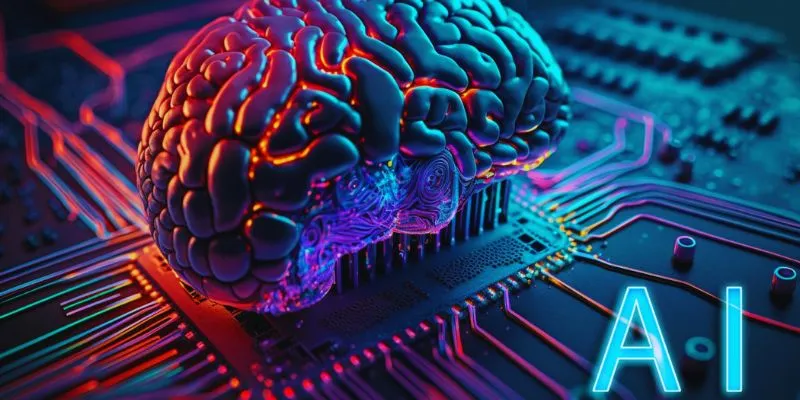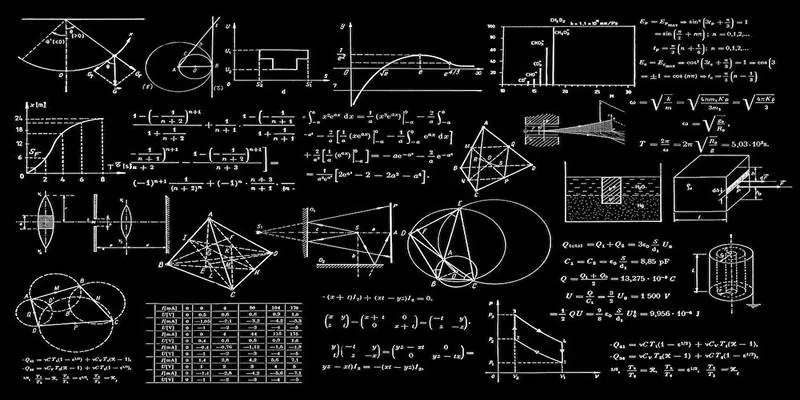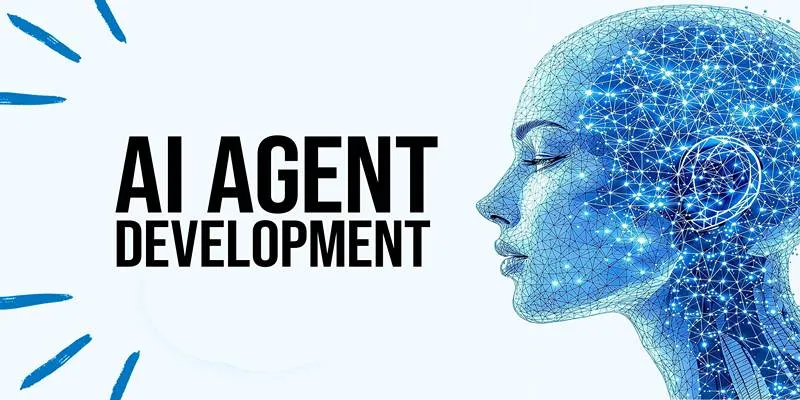Pattern matching is a fundamental driver behind modern AI advancements in machine learning. By analyzing large datasets, machines learn to recognize patterns, enabling them to generate reliable predictions. This mechanism powers applications such as recommendation systems, facial detection, fraud analysis, and speech recognition. Pattern matching in machine learning allows AI systems to grasp facts more precisely and react more intelligently, helping companies deliver smarter services and automate tasks.
As technology evolves, pattern recognition improves in both accuracy and efficiency. Machine learning pattern recognition contributes to creating adaptable and scalable AI systems. In real-world applications, AI becomes increasingly reliable and precise. Across various sectors, pattern matching continues to shape the direction of artificial intelligence.

Understanding Pattern Matching in Machine Learning
Pattern matching in data involves identifying correlations or similarities between data points. Machine learning models seek these trends by learning from historical data. Once identified, patterns guide machines toward conclusions or predictions. Unlike conventional programming, pattern-based learning adapts with new input, improving with more data exposure. In machine learning, pattern matching enables algorithms to fit complex data environments using techniques such as clustering, neural networks, and statistical methods. These approaches help machines recognize forms, patterns, and connections.
Applications range from image tagging to handwriting recognition and voice commands. Time series analysis, including stock forecasting, also heavily relies on pattern identification. AI systems can combine deep learning with pattern recognition to achieve maximum accuracy. By comparing new data to learned patterns, machines continuously improve, allowing AI to respond in real-time to changing environments. Pattern recognition enhances AI’s decision-making capabilities and adaptability through ongoing learning.
Types of Pattern Matching Techniques
In machine learning, pattern matching employs various approaches. Supervised learning detects patterns in labeled data, enabling models to predict outcomes for new data based on examples. In unsupervised learning, the system seeks latent patterns in unlabeled data, using techniques like clustering and association rule learning. Reinforcement learning involves learning through trial, error, and feedback, where rewards and penalties guide the machine toward ideal behavior. Neural networks, another approach, simulate brain processes to detect complex patterns. Convolutional neural networks are ideal for image identification tasks, while recurrent neural networks handle time- related data, such as speech.
Decision trees and support vector machines also play crucial roles in pattern recognition. The choice of method depends on the specific purpose and data type involved. For optimal performance, hybrid methods can integrate multiple strategies. Selecting the right approach ensures accuracy and effectiveness. Machine learning pattern recognition relies on choosing the best method for each task, leveraging patterns to drive AI advancements.
How Does Pattern Matching Enhance AI Performance?
Pattern matching significantly boosts AI performance. Machines trained to detect patterns perform tasks such as data analysis, error spotting, and action recommendations faster than humans. In healthcare, AI identifies disease signals in medical images, while in banking, it detects real-time fraud. Understanding data trends enables AI to project consumer needs and market shifts.
AI utilizes pattern recognition to deliver smarter automation and personalized experiences, even within large and complex datasets. Each success refines AI’s capabilities, enhancing its utility by matching and responding to patterns. This ability allows companies to reduce costs and improve offerings. Pattern recognition also enables AI to quickly address new challenges, with performance improving over time. In machine learning, pattern matching ensures AI remains smart, agile, and responsive to change.

Real-World Applications of Pattern Matching in AI
Many everyday AI-powered tools rely on pattern matching. Voice assistants use it to interpret speech patterns, while streaming services recommend content based on pattern recognition. In e-commerce, AI suggests products based on historical buying patterns. Medical systems use machine learning pattern recognition to detect diseases early. Cybersecurity tools identify unusual behavior patterns to prevent attacks. In traffic systems, pattern recognition optimizes signal control for better flow, and security systems employ facial recognition to identify individuals.
Pattern detection identifies flaws and maintains quality in manufacturing. Marketing teams use AI pattern matching to target ads and segment audiences based on behavioral trends. AI personalizes educational systems by tailoring learning paths for individual students. In law enforcement, AI identifies criminal trends to prevent incidents. Pattern recognition enhances speed and accuracy across these fields, highlighting its critical role in AI development.
Challenges in Pattern Matching for AI
Despite its advantages, pattern matching poses challenges for AI systems. Poor-quality data can lead to inaccurate results, and missing data may cause AI models to misinterpret trends. Pattern matching requires diverse data for better generalization. Data bias can result in biased conclusions, compromising fairness. Managing large datasets demands significant storage and computational power.
Overfitting is another challenge, where models may learn training data too well but fail with new inputs. Real-time pattern recognition can be difficult for complex operations, particularly in cybersecurity, which demands rapid and precise detection. Handling personal data raises privacy concerns, necessitating a balance between performance, ethics, and data privacy. Researchers are addressing these issues with improved models and data techniques. Despite these obstacles, machine learning pattern recognition continues to evolve, with new tools and methods enhancing performance and transparency. Addressing these challenges will lead to more robust AI systems.
Conclusion
Pattern matching is essential for AI innovation and intelligent systems in machine learning. It enables machines to make informed and swift decisions, transforming daily life and business operations. Companies leverage insights to streamline tasks and enhance customer service. As models evolve with additional data, machine learning pattern recognition progresses, continually increasing accuracy despite ongoing challenges. Pattern detection will continue to support AI’s growth, driving it to become more valuable, reliable, and effective in today’s digital landscape.
 zfn9
zfn9





















